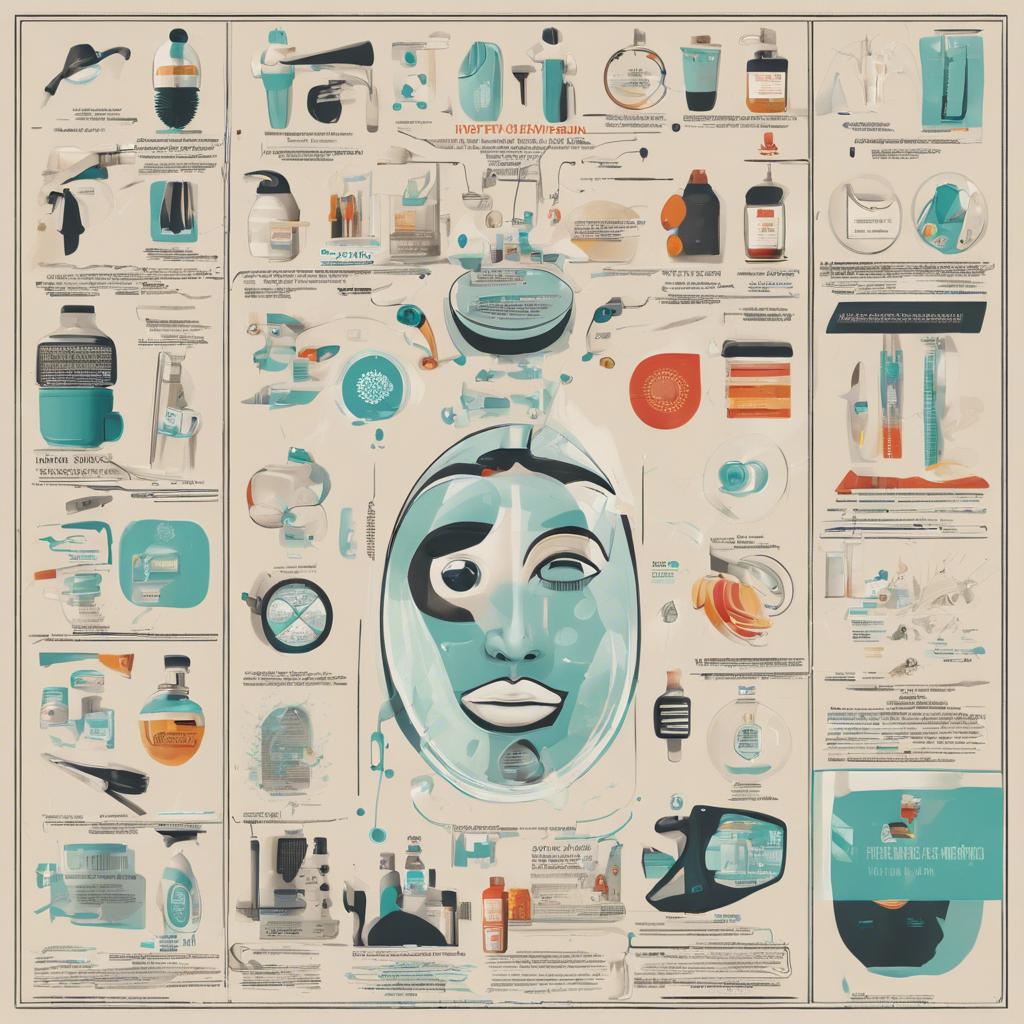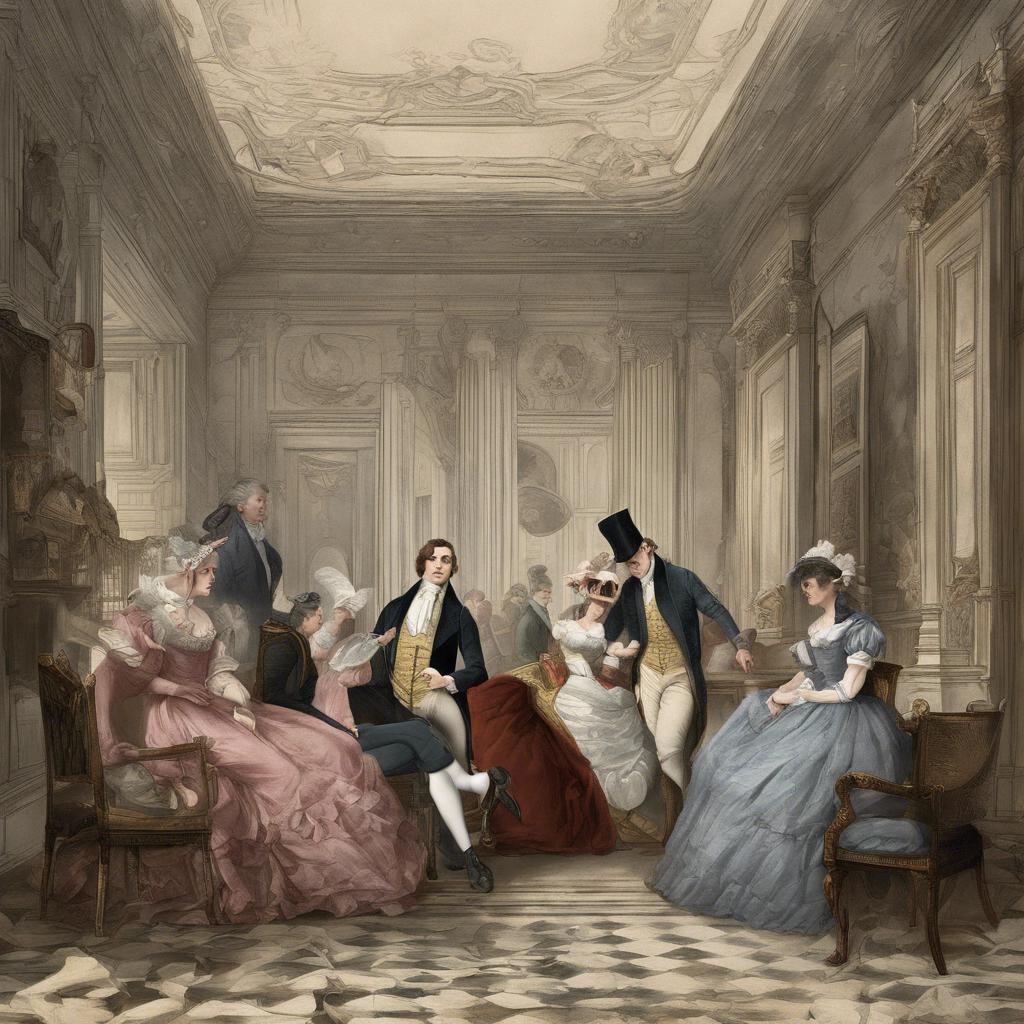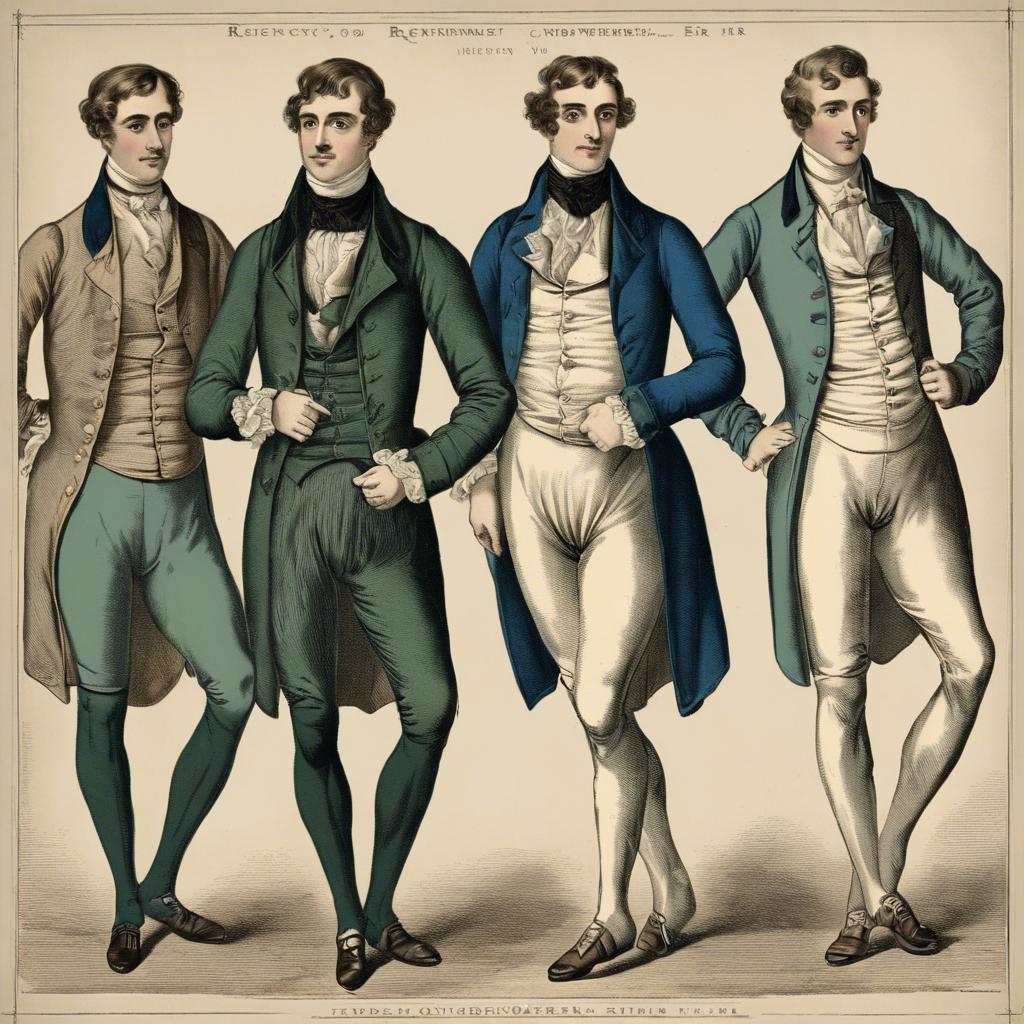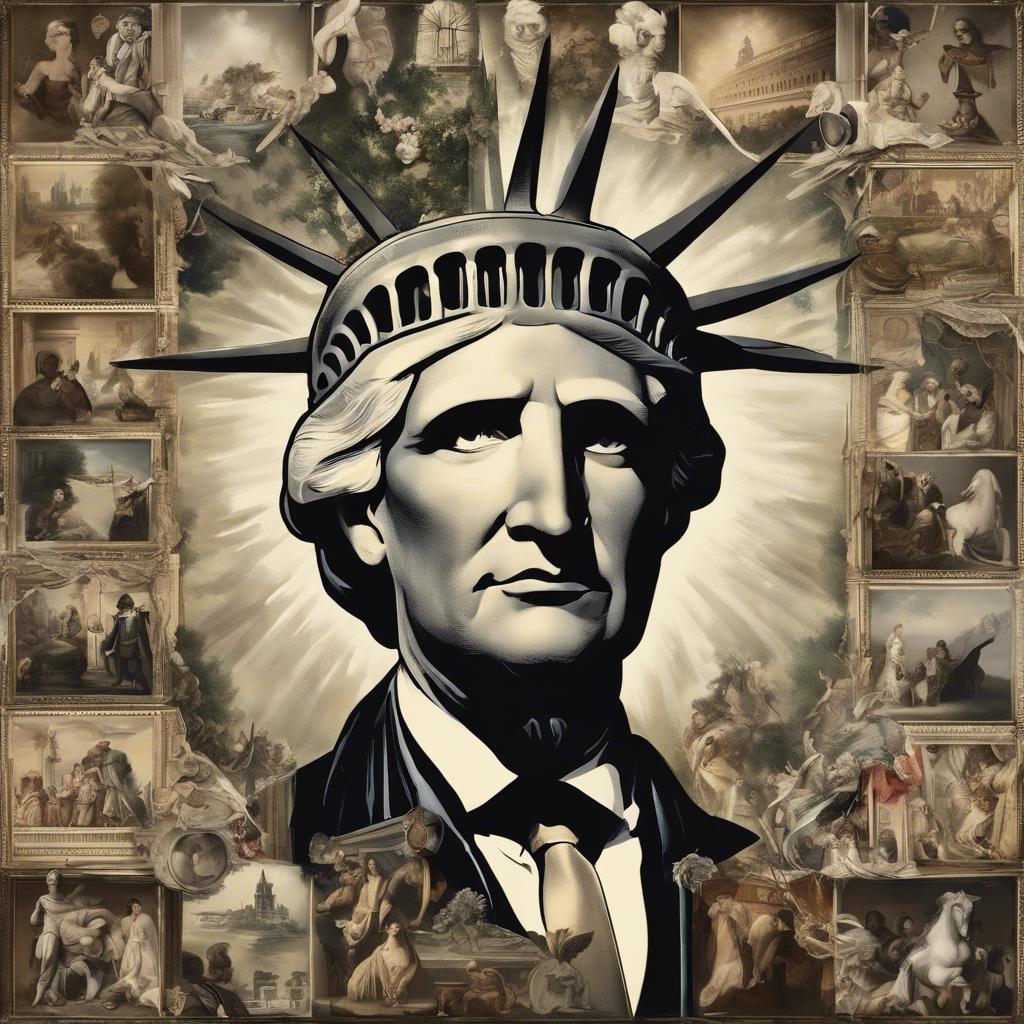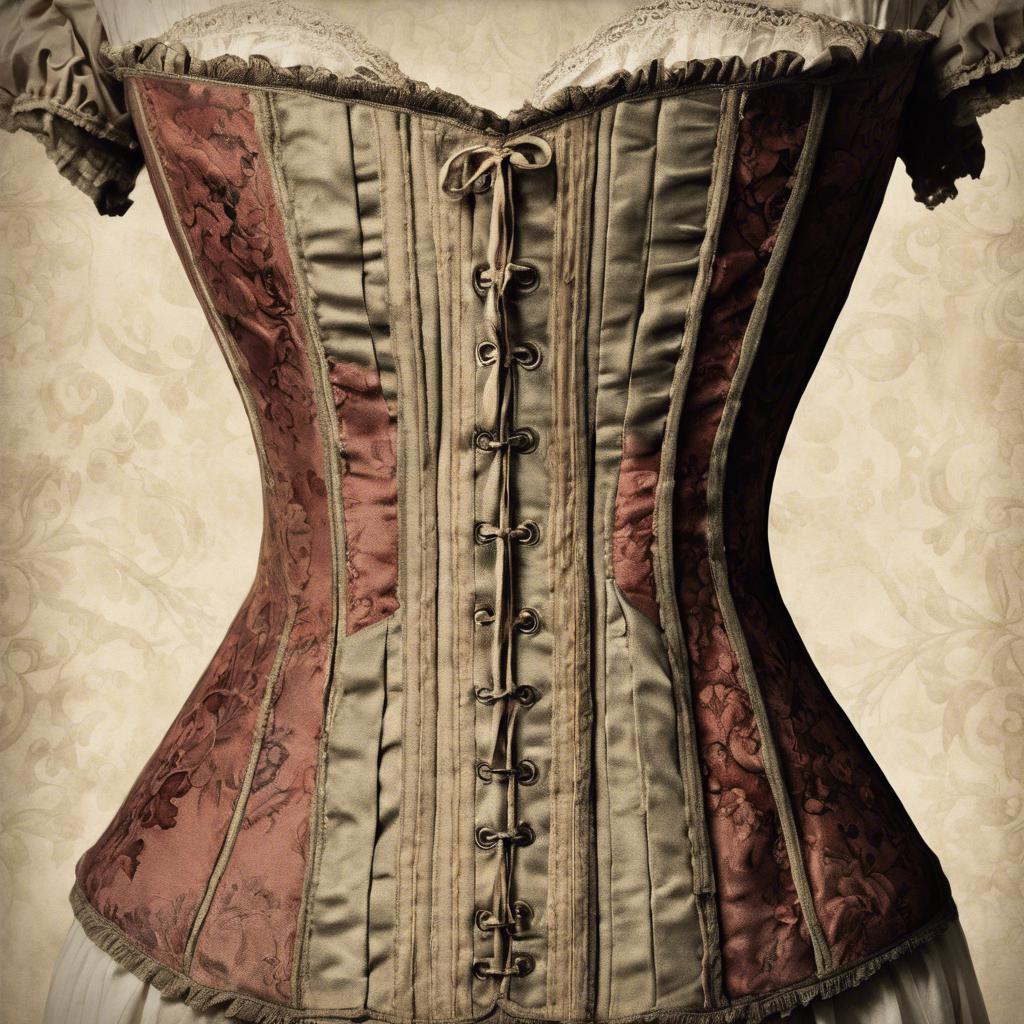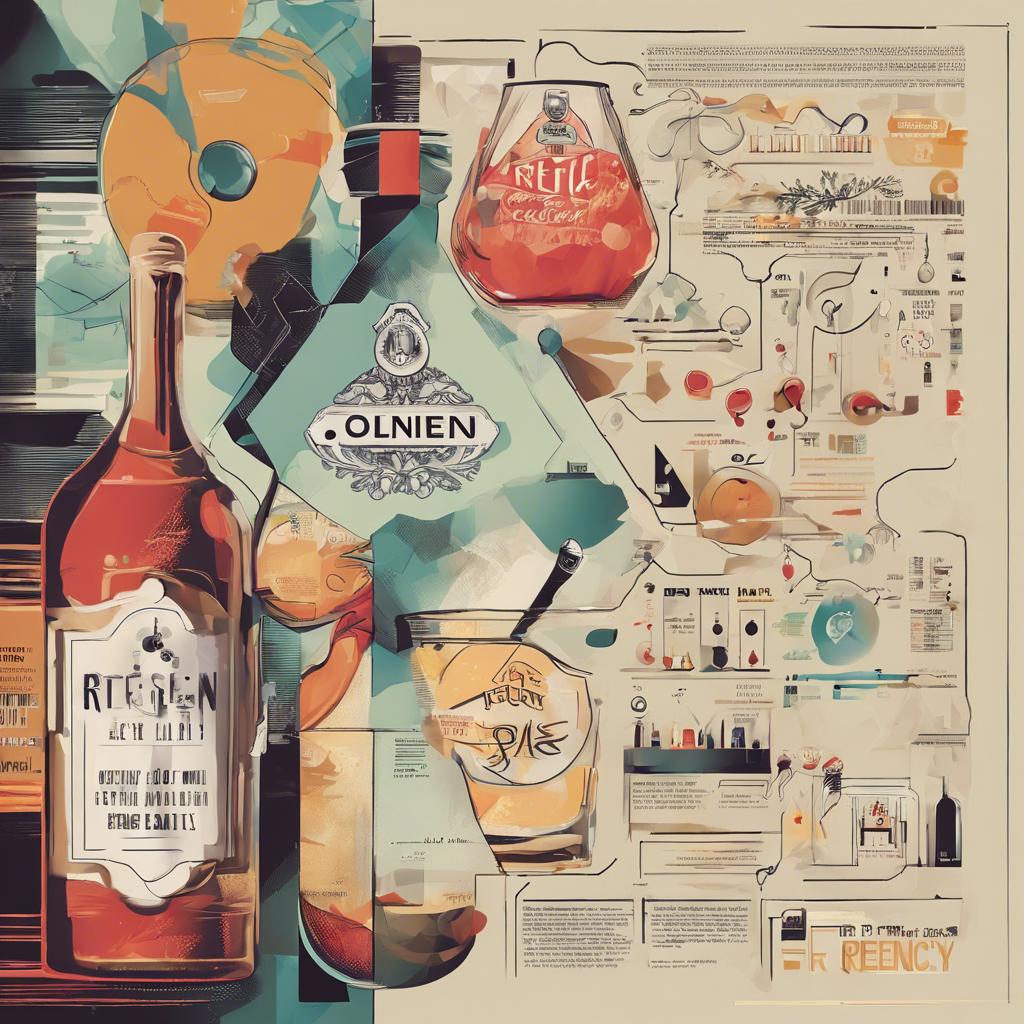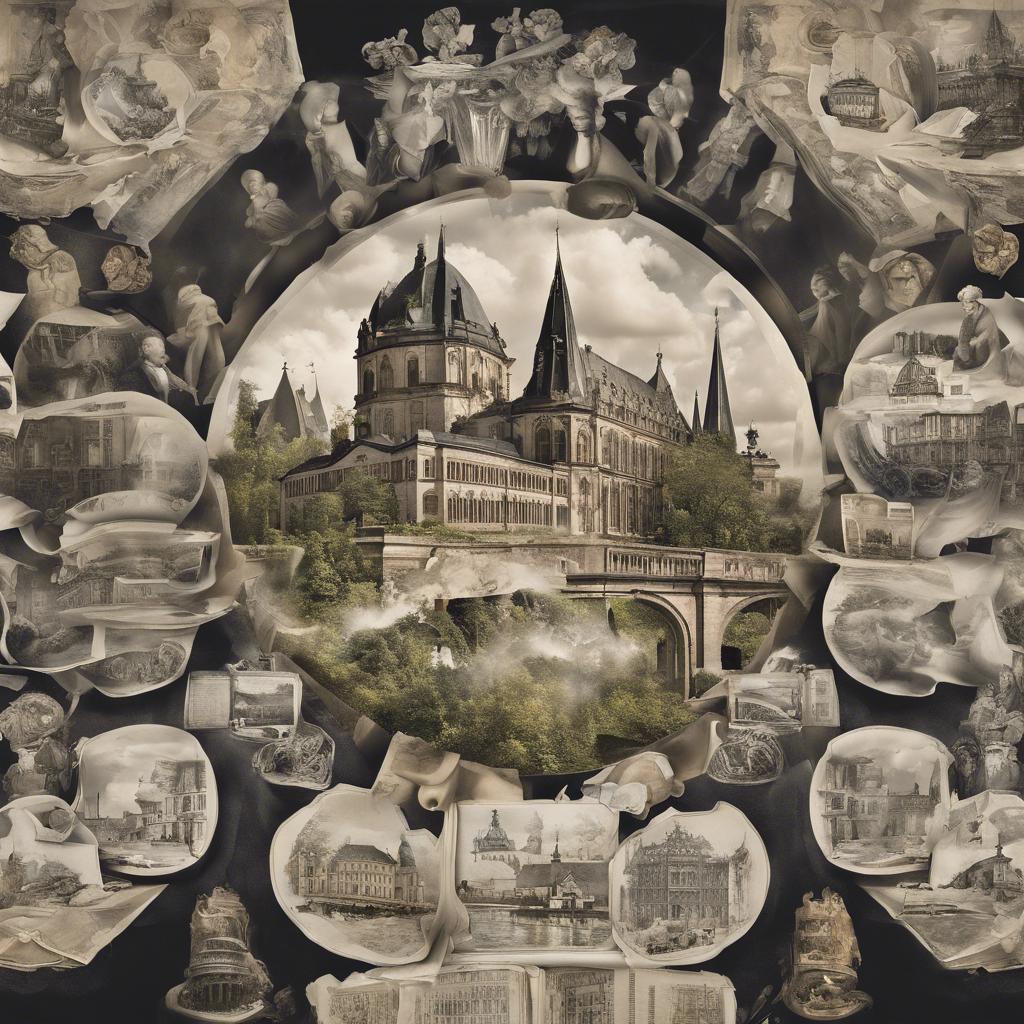Posted inRegency era
regency era hygiene
During the Regency era, personal hygiene was of paramount importance. Men and women both took great care in bathing, grooming, and maintaining cleanliness in order to adhere to the standards of society.
